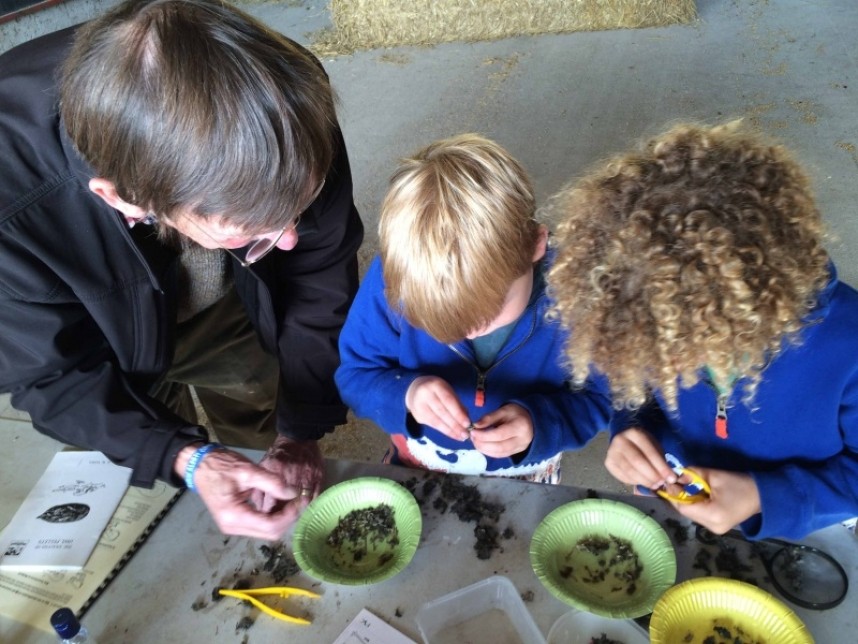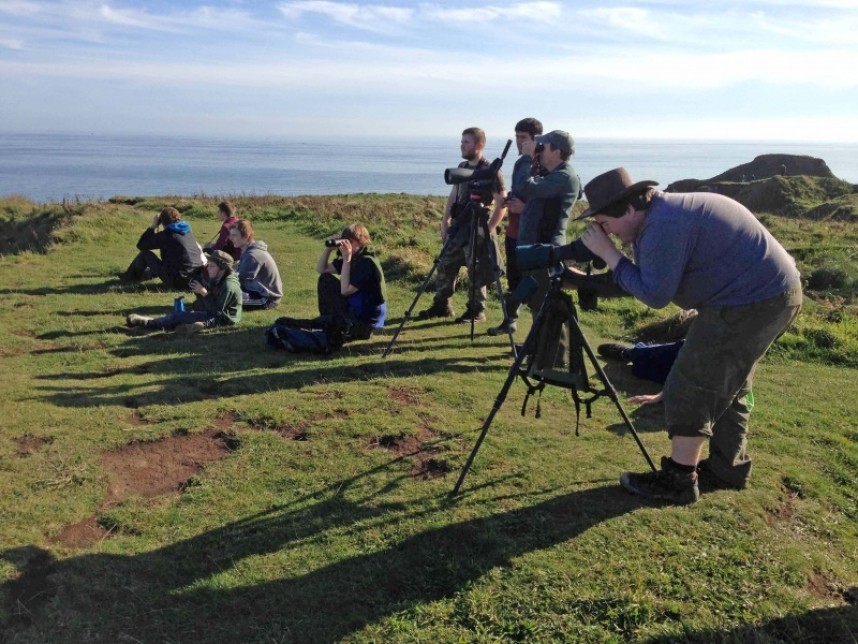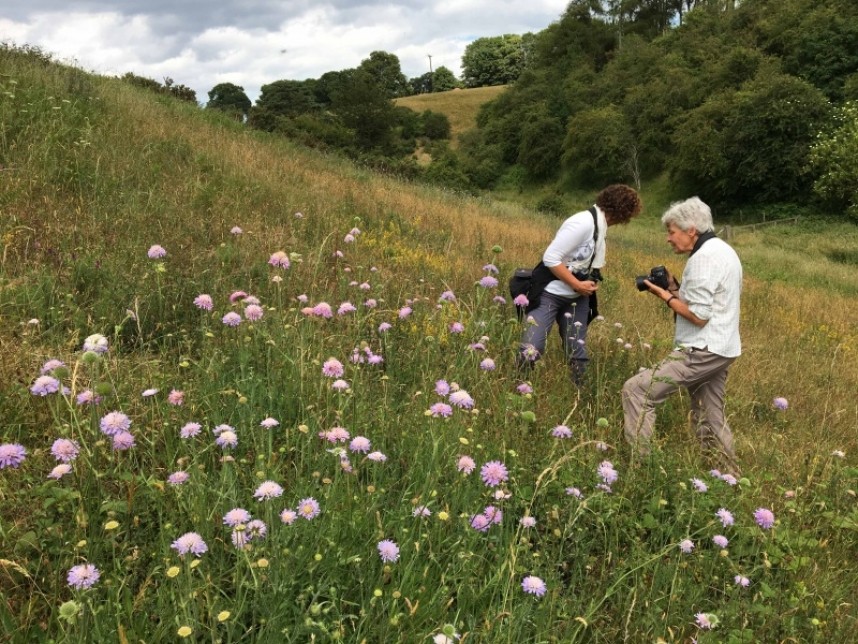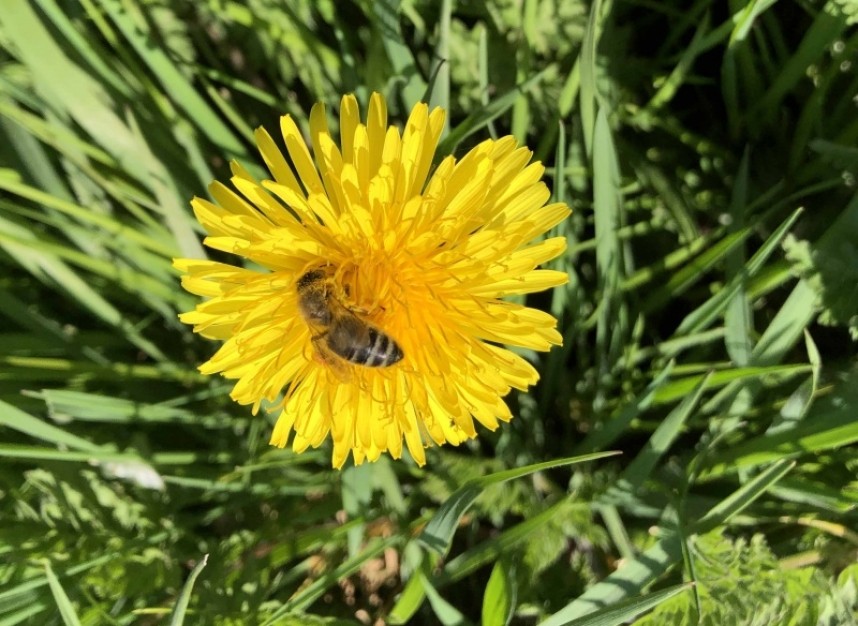Inspiring the Generations
Margaret Boyd YCN wildlife guide and Education Officer at Yorkshire Water Top Hill Low Nature Reserve Driffield shares her personal reflections on the importance of environmental education in all ages.
It’s an easy task to inspire the next generation. Young children are easily engaged in outdoor activities, adventures and discoveries. Teenagers are a captive audience in the classroom and can be enthralled and passionate about the natural world and their part in it. The older generation have more time to spend in nature and embrace it wholeheartedly, often remembering their own childhoods and the space and freedom they enjoyed. It’s the middle generation, those adults with families and busy work lives that I feel often miss out on connecting with the natural environment around them.

I’ve been teaching for the whole of my working life, in the classroom, in the field and on the exposed cliff tops of the Yorkshire coast. And it’s been easy. For a teacher, there are so many examples in the natural world to use. To demonstrate evolution, adaptation, feeding relationships, geographical landscapes, inter species dependence, migration and the changing climate. Looking out over “D” reservoir at Tophill Low Nature Reserve in the winter months children quickly learn the feeding behaviours of coot right in front of the hide, the adaptations water birds have for survival and the story that the vast majority of the 500 or so birds in front of us have crossed the North sea from northern Europe to spend the winter in area with greater food resources.

In the classroom, one of the most memorable lessons I have taught in my career was to a disaffected year 11 class, showing them that in a high moisture atmosphere, the awns of a wild oat seed will spin, an adaptation to anchor the seed into the soil in preparation for germination; a plant moving in front of their eyes. “Wow”, the best word to hear from any pupil.

Some people I take guiding for YCN are retired and honing new talents for photography, painting, birding or walking and embracing the natural world to inspire them; learning all the time about different birds, their key identification features, their habitats. They talk about it never being too late to learn and how much they are enjoying being able to spend time indulging their new passion. They are eager to learn and a delight to spend time with.
In the middle, I find many adults juggling many aspects of their lives; work, family and homes. These are the people I find more difficult to inspire, they often have no time to fit in other activities. So, the natural world has to come to them, through social media perhaps, flashing images of spectacular wildlife in between on-line shopping and catching up with friends. Stepping outside our homes, gardens and/or nearby green areas have become great classrooms for families. If they can incorporate areas, however small, for wildlife such as ponds and bird feeders they bring a garden to life and start the learning journey about the immediate wildlife that surrounds our homes.
Venturing further afield, many families have been coming to Tophill Low over the summer. We structure activities to encourage self-discovery; a snail found under a hedge, woodlice in amongst the logs or a treecreeper scaling up a branch, these things are so much more exciting if you come across them yourselves. We are always learning, and to me exposing and sharing something new with someone is a joy. Its even better when our children can do this for their parents and be their teachers. Youngsters are brilliant at looking and finding things outdoors, and if together with their adults they want to find out more then there is plenty of technology nowadays to help them. I have had so much fun with the “seek” app helping me with identification of flowers over the summer.

Learning as a family, finding the inspiration from our natural world by just being outside and looking more closely can be so enjoyable. Taking a short and slow walk to the shops can take on a whole new role; spotting a robin, splashing in puddles, noting the yellow dandelions change to fluffy seeds, catching a falling leaf. This is outdoor learning at its best, together.
Margaret Boyd
Yorkshire Coast Nature



 Back to Blog
Back to Blog
